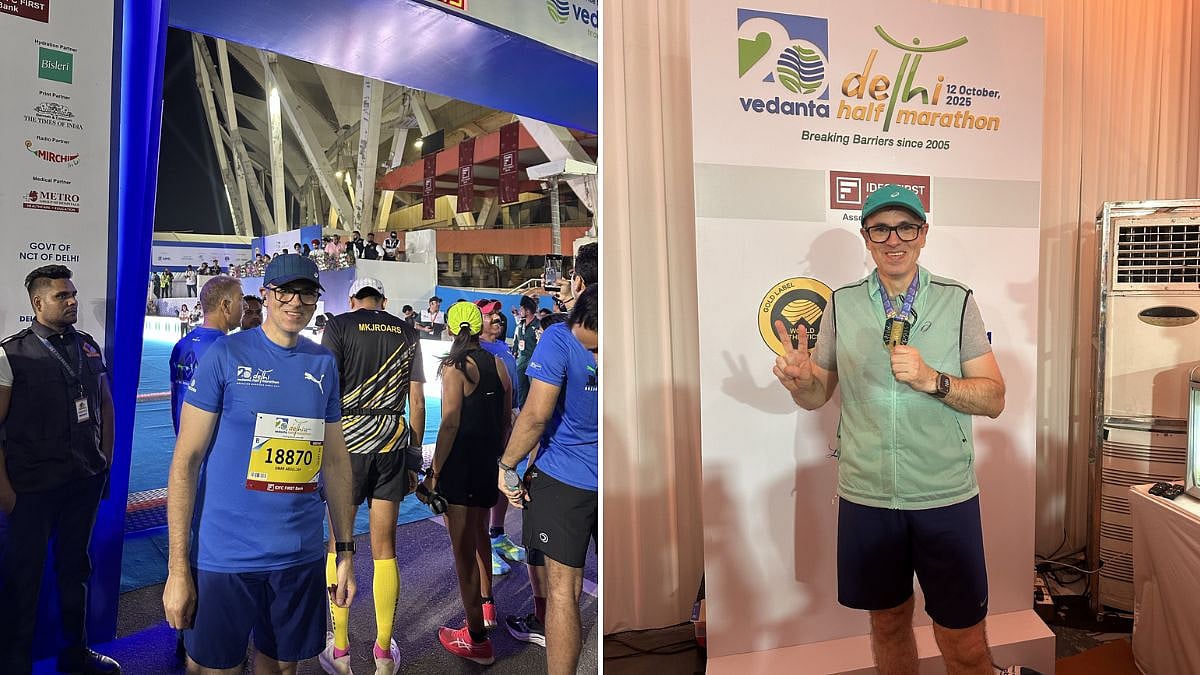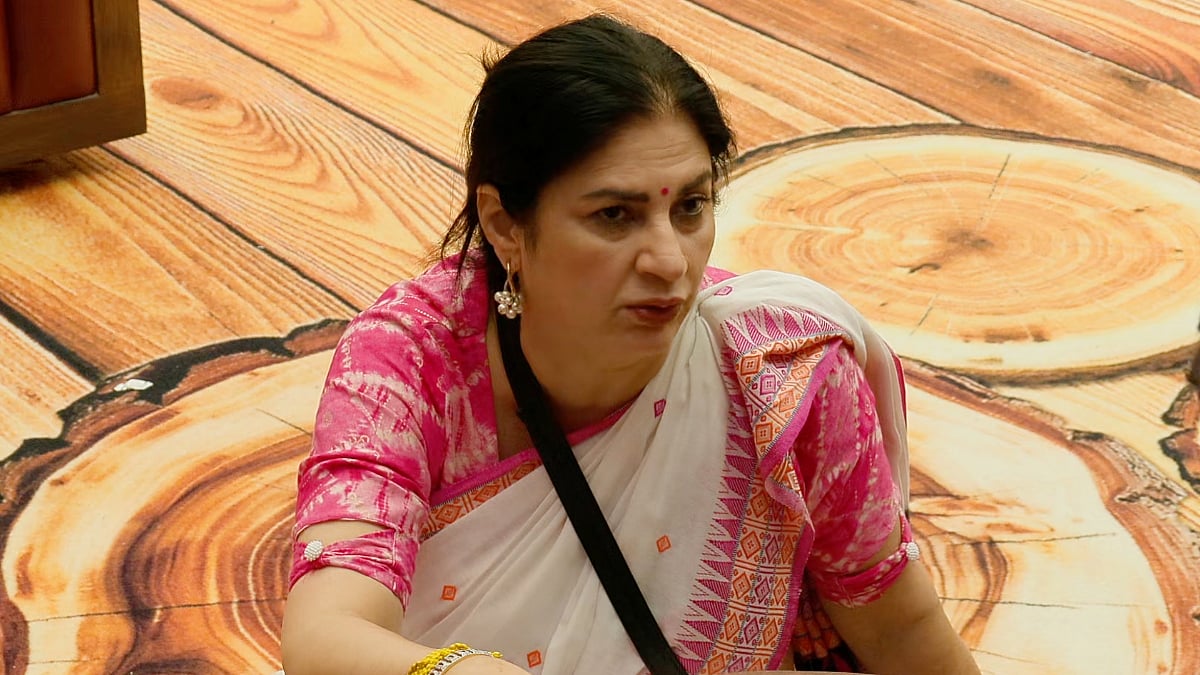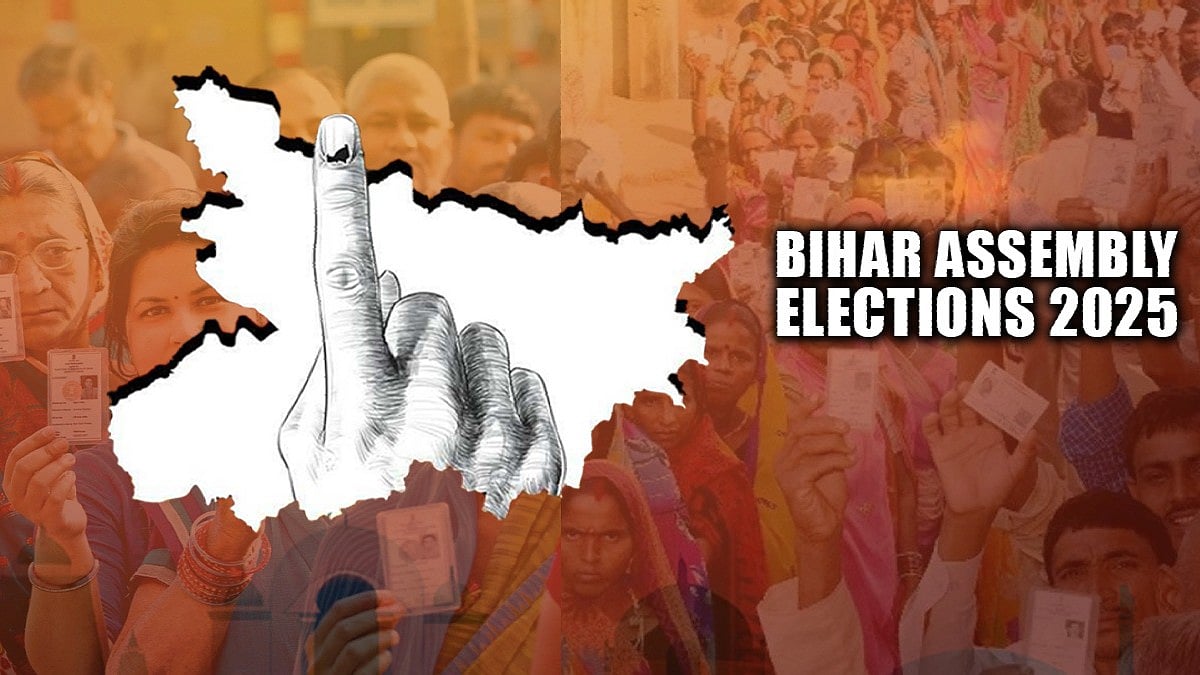Diversity in MBA colleges in India is a time-worn argument which has done its run of deliberations. The very same point of contention gets a fresh lease of life annually, following the Common Admission Test (CAT), the Xavier’s Aptitude Test (XAT) and all the other MBA exams which stir up the MBA-aspirant community, any time from October to the February of the next year.
The admission frenzy takes on a different hue every year as MBA colleges announce fresh criteria and shortlists, and denounce some of the older formulae. The capping design for most MBA colleges in India is to create a harmoniously disparate classroom of candidates who have a varied flair and a skill or at least a fair amount of expertise in assorted domains.
Sadly in India, the stress on academics trumps all other factors, and by default, classrooms have generally been packed with engineers. The CAT exam is vividly pro-engineer, with the paper pattern styled to suit number-crunchers more than those dabbling in Humanities.
So, with the entrance exam more or less deciding the cohort, the first code for diversity goes for a long toss. MBA classrooms in Inda are loaded with engineers. And that immediately and automatically paves way for the second skewed parameter — which is the gender ratio. Again, thanks to our education system, boys are encouraged and conditioned to love numbers and that makes them a favourite at the CAT exam centres. This year, only 35% of all CAT-takers were women and none of them figured in the elite group of 100-percentilers.
But this is the blanket scenario — there have been efforts by colleges to get some amount of assortment in the class. The number of seats has shot up over the years and relatively the gender ratio has done well too. Many of the top IIMs (Indian Institutes of Management) have been assigning extra points to women during admissions, besides throwing in some cultural mix too.
A website mentions that at IIM Kozhikode, the class of 2022, there is a wide representation of students from all over India. Though above 30% are from the Northern states, a good number are from the South, followed by the Western states. There is a representation from the Northeastern states too. This year the institute is also mulling over including a written test as part of the admission criteria.
In fact, many years ago, the then new IIMs — IIM Ranchi, IIM Rohtak and IIIM Raipur — had introduced a written test as a criterion for eligibility to the respective colleges. The then director had said that he was shocked to see his students not able to draft a simple email, even after scoring well in the entrance exam.
About women’s representation, IIM Rohtak is known to flaunt good numbers consistently — with a good 69% of women in its last year’s PGP batch, which is the highest ever number of women across the IIMs. IIM Lucknow too sports a good share of women students, being the first IIM to introduce extra marks for women candidates. IIM Shillong and IIM Rohtak also maintain heathy numbers, often crossing 40% for women.
And there are outliers. MICA Ahmedabad has improved gender diversity in 2021-23 admissions for its flagship postgraduate programmes — PGDM-C and PGDM. The admission for the postgraduate programmes saw an enrolment of 183 students. Out of them, 92 are men and 91 women.
A conscious decision that many MBA colleges took some years ago was to lose some of the undying attachment to ‘excellent’ scores and look for those with a variegated background. I recall IIM Ahmedabad had admitted a student with a percentile in his 50s (57% probably) and that made big news, but what also made news was that it did not admit a 100-percentiler. The topper who scored a 100 percentile that year was also the MAH-CET topper a year before — thankfully this young lad, who was an MBBS, understood his rejection exactly — he confessed that academics was his only strong point. This topper was not even admitted to IIM Bangalore. Finally, because of financial factors, he took admission at FMS Delhi, an institute that cares well for the academically bright.
Those with good grades and mediocre extra-curriculars stand as good or as bad a chance as those with middling academics and super-fine extra-curriculars. In fact, the latter may even score over the former. Professors state that when students of different backgrounds study in the same class, there is always a luxurious overflow of thought processes and a better understanding of the environment, socially too.
Yet, whatever MBA institutes do in India, they do not match their counterparts abroad which score on cultural and community diversity. In countries like the US a perfect MBA class will have not only a healthy gender ratio but also one with candidates from different artistic and community backgrounds. Ideally, colleges across shores would love to fill their class with candidates who have perfect 4.0 GPAs and 800 GMAT scores along with outstanding work experience, but many have eschewed the numbers game for those who can make a difference to society, display leadership qualities, are socially sensitive, stay updated with community changes and have the hunger to make a difference.
In countries like the US, a typical MBA class will have students from different corners of the world making every academic exchange a fruitful one. That is one area India lags in, and by quite a distance. Our MBA institutes are not yet internationally aspirational for students from outside Asia, though NRIs are a different mindset altogether. And hence a typical MBA class in India will have set an overall limit to attainable diversity and a theoretical global focus, though the internet broke down all geographical barriers years ago. Yes, Indian MBA institutes thrive well on exchange programmes and our students do get their time in the sun studying in colleges abroad to build memories to last a lifetime.
But India on its own is charmingly and eugenically diverse, and if colleges here can offer a chance to the gifted from every nook and corner of the country, even a robust domestic vibe could serve well — besides, a bit of a snip in the brain drain will also help.
Lajwanti D’Souza is Consulting Editor (Education), The Free Press Journal










